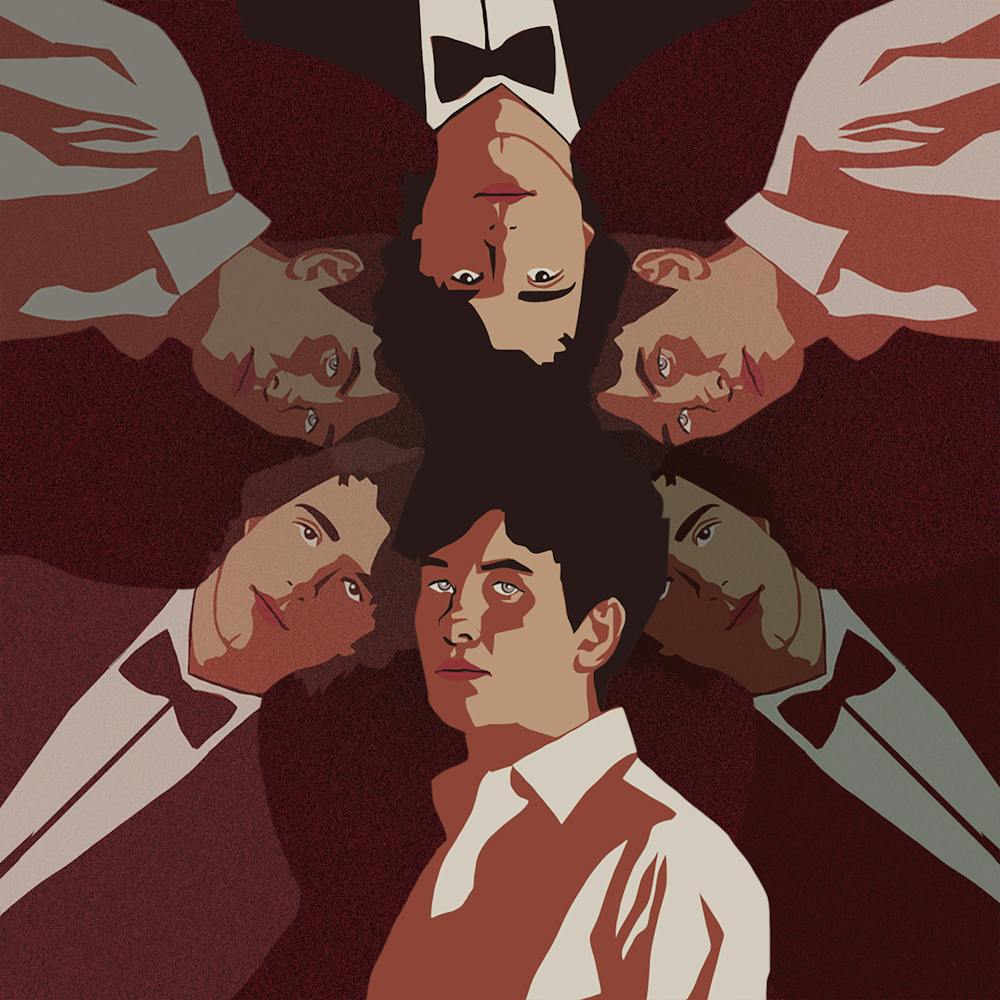“Saltburn,” directed by Emerald Fennell, was released Nov. 17, 2023. People strolled into theaters with popcorn anticipating a fiery gay romance with Jacob Elordi.
They left with fear in their eyes and mouths agape. Recipes for a Bathtub Water Cocktail popped up, the 2001 hit “Murder on the Dancefloor” made its way back on the charts and “Saltburn” themed parties can be found on every block. What is Gen Z’s obsession with this movie, and how did it get its hooks into us so profoundly? My answer: the creation of an aesthetic.
This aesthetic culture shift has happened many times. It happens fast, news spreads quickly and the next thing you know it’s the theme of American Eagle’s summer collection.
One example of this phenomenon is “Euphoria.” Many people knew of the HBO original from Zendaya’s prior fanbase and were talking about it because it was graphic, bona fide, intense and controversial. “Euphoria” in itself became an aesthetic. It was easy enough with glittery makeup, sparkly hair, Y2K clubbing outfits and the “Euphoria” soundtrack.
Similarly, we saw this with the effects of the Netflix original “Outer Banks” in 2020. Men wore Hawaiian shirts and little neck scarves, copying John B., played by Chase Stokes, who then gained even more publicity when the media realized Debby Ryan was his dopplegänger.
You may be asking, what do these shows and movies have in common? Two things: attractive people and a niche aesthetic; Zendaya and hallucinogens, Chase Stokes and the “pogue life” and now, Jacob Elordi and opulent Oxford indie sleaze.
“Saltburn” is the perfect recipe for a new media obsession. First and foremost, Jacob Elordi already gained attention from “The Kissing Booth” (2018) and “Euphoria," so when his stans heard about him in a new gay romance film with an eyebrow piercing, it had to be seen, igniting moviegoers once the wildfire picked up.
Secondly, drawing inspiration from “The Talented Mr. Ripley” (1999), “Saltburn” has a creepy aura from the very beginning. It veils obsession and malice with love, and escalates first slowly, then all at once. The main character, Oliver Quick (Barry Keoghan), shifts from the archetypes of the innocent child and lover to rags to riches, and suddenly, to evil genius.
The protagonist slowly reveals insanity, similar to the plot of artists becoming obsessed with their work, such as “Black Swan” (2010) or "Whiplash” (2014). The rising insanity and chaos in the mind of the main character have similar effects to horror plots, with the end presenting the thrilling finale and rush of adrenaline.
The third ingredient to the recipe for success is rebellion and fun. Indie sleaze comes into play as the college party lifestyle pairs with old-money mansion luxuries. The group at the Saltburn manor are rarely on their phones, and they waltz around tennis courts and poolsides in extravagant black tie ensembles on holiday from lavish Oxford parties.
They lay naked in fields to tan, drink, smoke, throw glorious birthday parties and partake in every other party boy fantasy. This element of fun and rebellious youth draws in the media appeal and younger audience.
So what trends does this culture tsunami entail? Looking at stylists’ predictions of 2024 fashion trends, preppy looks with polo shirts, plaid skirts and knit sweaters are the leading trend prediction, stemming from Oxford chic.
Along with academic glam, luxury is in, with tailored button-ups, silks and “old money” styles on the rise. 2023 held a lot of British bloke styles tied in with coquette ballet shoes and bows. 2024 shifts to a sophisticated, luxurious version of this, hand in hand with a resurgence of '90s and early 2000s looks and more pops of color.
The last scene of “Saltburn” is a memorable dance to “Murder on the Dancefloor,” the disco-pop hit of 2001. Its reappearance on the charts might be foreshadowing an early 2000s comeback.
In addition to fashion and music, “Saltburn” inspires a new kind of high culture in film. Similar to “Euphoria,” some may see it as romanticizing hedonism, and not many films pair an indie youthful aesthetic with insanity in a gory manner.
When movies were first accepted into high culture, “Saltburn” would never make it to theaters and would be wildly inappropriate, but since society has become more comfortable expressing these ideas, different genres can take preconceived expectations of sexuality out of one’s comfort zone for a new level of drama and thrill.
Please note the views expressed in this column do not reflect those of The Post.





